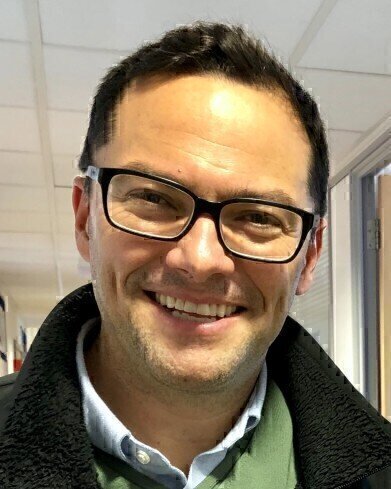-
 Professor Alvaro Mata (Credit: University of Nottingham
Professor Alvaro Mata (Credit: University of Nottingham
News & Views
3D Pancreatic Cancer model refines Research
Oct 20 2021
An international research team have created a three-dimensional pancreatic tumour model using patient-derived cells to try and better understand this disease’s growth patterns and responses to chemotherapy drugs. Pancreatic cancer is very difficult to treat, particularly as there are no signs or symptoms until the cancer has spread.
The study was led by Professors Alvaro Mata from the University of Nottingham (UK), Daniela Loessner from Monash University (Australia) and Christopher Heeschen from Shanghai Jiao Tong University (China).
Dr David Osuna de la Peña, a lead researcher on the project, said: “There are two main obstacles to treating pancreatic cancer – a very dense matrix of proteins and the presence of highly resistant cancer stem cells (CSCs) that are involved in relapse and metastasis. In our study, we have engineered a matrix where CSCs can interact with other cell types and together behave more like they do in the body, opening the possibility to test different treatments in a more realistic manner.”
Pre-clinical tests largely rely on a combination of two-dimensional (2D) lab grown cell cultures and animal models to predict responses to treatment. However, these fail to mimic key features of tumour tissues and interspecies differences can result in many successful treatments in animal hosts being ineffective in humans.
The approach of harnessing the process of self-assembly in the 3D model enabled the research team to create a new hydrogel biomaterial that included multiple, specific, proteins found in pancreatic cancer, which could provide more realistic results when considering how this tumour interacted with its environment.
“Using models of human cancer is becoming more common in developing treatments for the disease, but a major barrier to getting them into clinical applications is the turnaround time, said Professor Alvaro Mata “We have engineered a comprehensive and tuneable ex vivo model of pancreative ductal adenocarcinoma (PDAC) by assembling and organising key matrix components with patient-derived cells. The models exhibit patient-specific transcriptional profiles, CSC functionality and strong tumourigenicity; overall providing a more relevant scenario than Organoid and Sphere cultures. Most importantly, drug responses were better reproduced in our self-assembled cultures than in the other models.
“We believe this model moves closer to the vision of being able to take patient tumour cells in hospital, incorporate them into our model, find the optimum cocktail of treatments for a particular cancer and deliver it back to the patient – all within a short timeframe. Although this vision for precision medicine for treating this disease is still a way off, this research provides a step towards realising it.”
More information online
Digital Edition
Lab Asia 31.2 April 2024
April 2024
In This Edition Chromatography Articles - Approaches to troubleshooting an SPE method for the analysis of oligonucleotides (pt i) - High-precision liquid flow processes demand full fluidic c...
View all digital editions
Events
Apr 28 2024 Montreal, Quebec, Canada
May 05 2024 Seville, Spain
InformEx Zone at CPhl North America
May 07 2024 Pennsylvania, PA, USA
May 14 2024 Oklahoma City, OK, USA
May 15 2024 Birmingham, UK

















